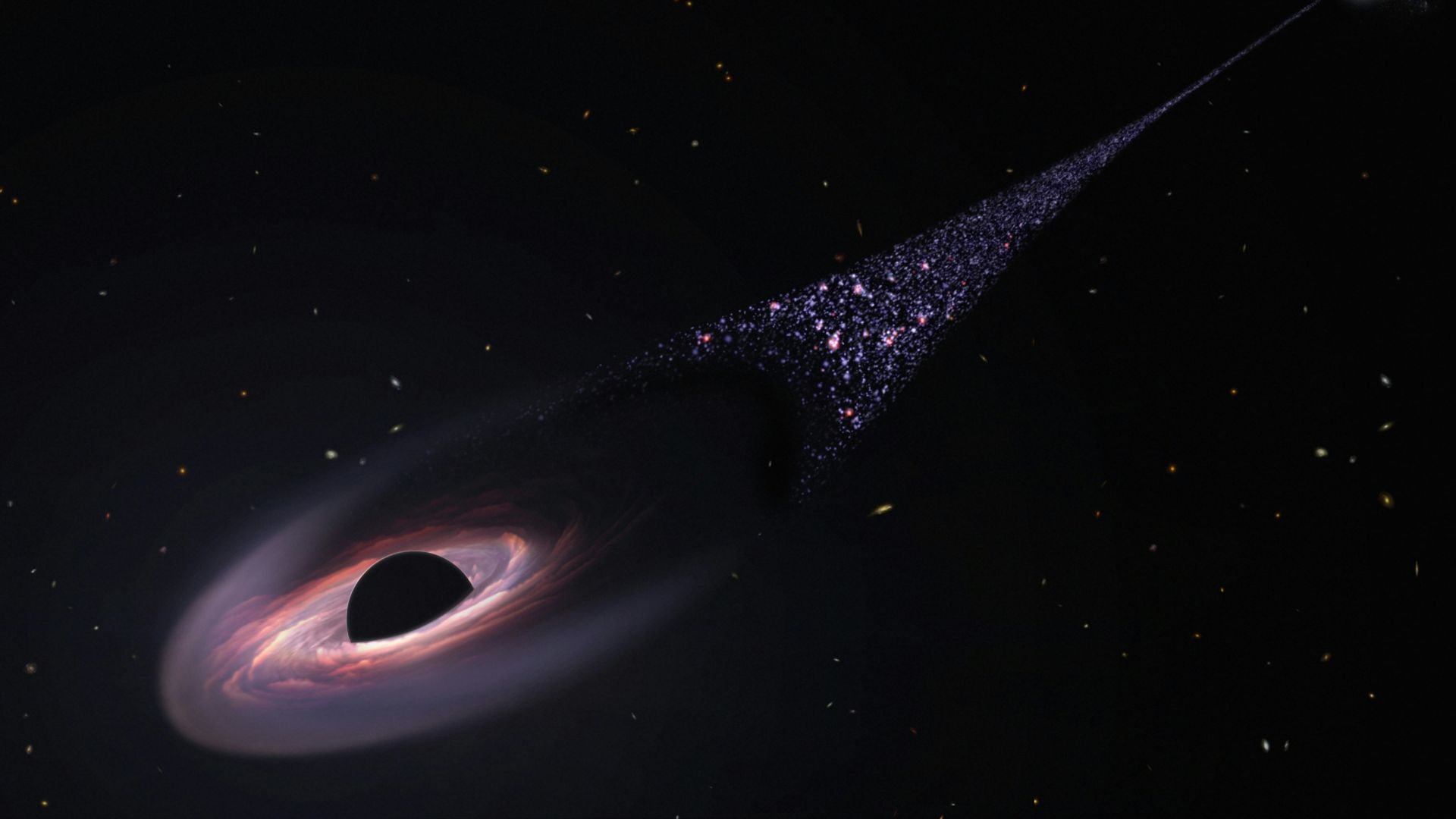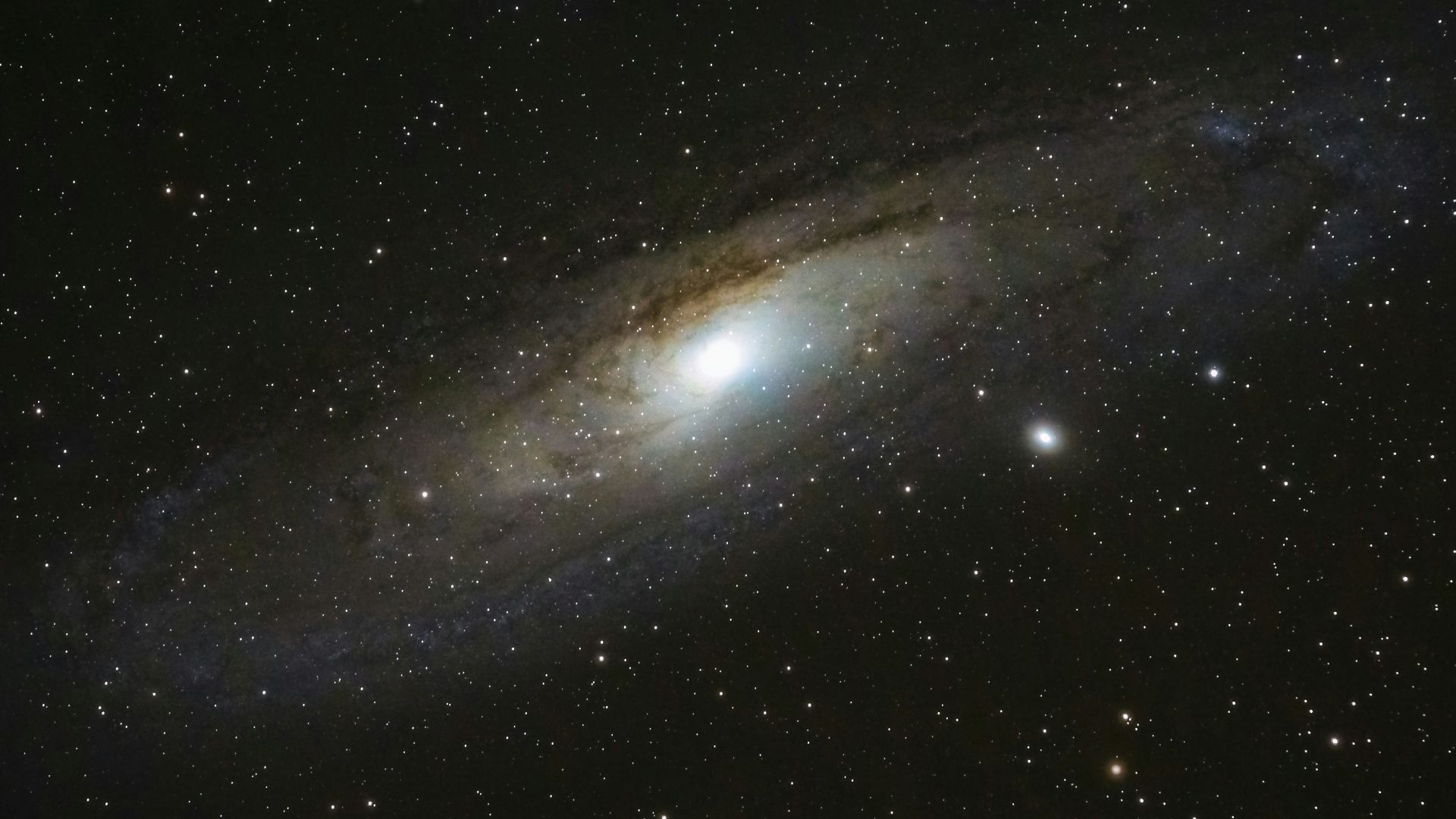 BoliviaInteligente on Unsplash
BoliviaInteligente on Unsplash
For years, we’ve been told that black holes are the ultimate cosmic vacuum cleaners. Once something crosses its event horizon, it’s gone for good. No one can see inside, and nothing, not even light, can escape the pull of the monstrous object. That’s the general consensus, at least. Scientists have actually observed a black hole doing the exact opposite. It seems to be spitting things out.
The October 2018 Sighting
 NASA Hubble Space Telescope on Unsplash
NASA Hubble Space Telescope on Unsplash
The mysterious behavior all started with a cataclysmic astronomical event that occurred in October 2018. Far, far away in a galaxy 665 million light-years from Earth, a small star strayed too close to a supermassive black hole. The results were catastrophic but not surprising. The star got “shredded” by the black hole in a tidal disruption event, an event we’ve observed in the past. The remnant of the star then orbited the black hole, generating a bright flare of light as the heated material spiraled inward toward the event horizon.
Nothing about that event was surprising. But what happened years later was.
Almost three years after the star’s passing, the same black hole inexplicably flared up again, even though it hadn’t consumed anything since the last eruption. As the research team explained, the black hole had started blasting out leftover material at extraordinary velocities, up to half the speed of light. This delayed “outflow” has baffled astronomers since black holes tend to release leftovers practically immediately after feeding.
Black holes are messy eaters. When they rip a star to pieces, the leftovers get stretched into long, thin streams of gas and other material, “spaghettified”, and then flung inward toward the black hole. As the gas heats up, it can create massive outbursts of light, and sometimes even beams of energy that blast outward into space. But a three-year delay like this is new. The black hole basically cached the material before blasting it out again at super-high speed.
NASA’s Findings
In a separate discovery, astronomers using NASA’s Hubble Space Telescope found that a supermassive black hole’s jet could be causing stars to explode, not by consuming them, but merely by whizzing by.
Called a jet, the burst of energy blasts away from the black hole, which has a mass about 6.5 billion times that of the Sun, extending more than 3,000 light-years from end to end like a giant blowtorch. Anything in its path would instantly be vaporized, but researchers have found that even stars just near the jet are at risk.
Hubble detected an abnormally large number of nova eruptions near the jet’s path. A nova happens in a double-star system when a bloated star siphons off hydrogen gas and deposits it on a white dwarf companion. When enough gas piles up on the surface, it triggers a huge explosion, but it’s not big enough to obliterate the star. The process can repeat multiple times.
The paper suggests this is because the black hole's jet is perturbing nearby systems, increasing the flow of material or heating it to a temperature sufficient to cause these bursts. It’s just another indication that black holes interact with their galaxies in dramatic, surprising ways, not just by eating stars, but by sculpting the universe around them.








